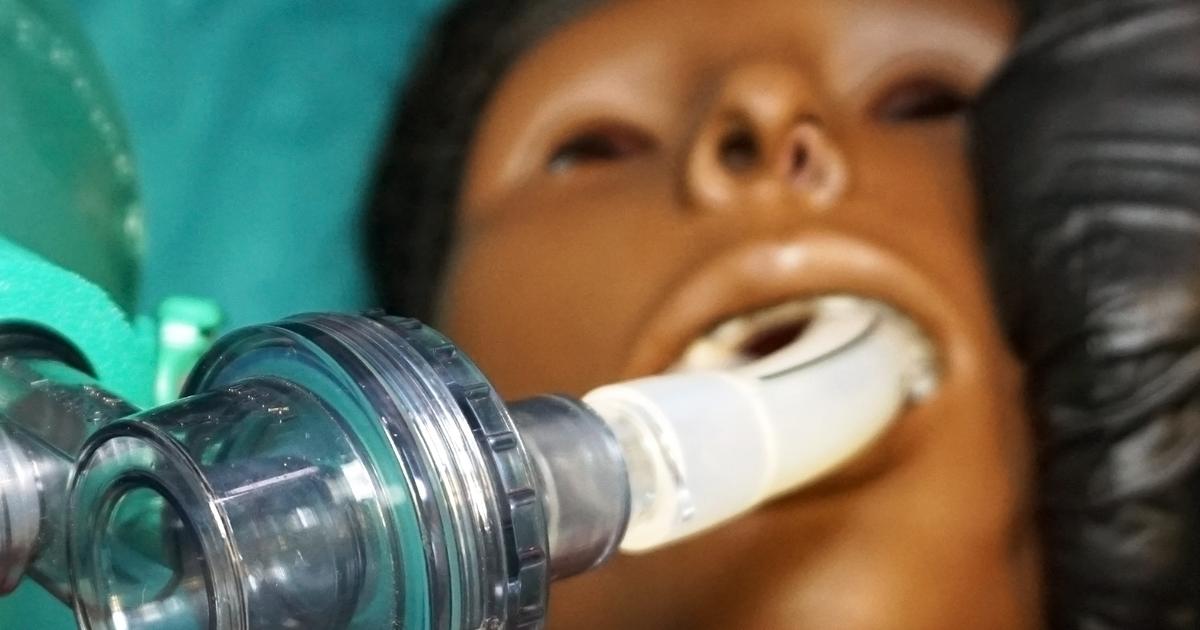Risks Associated With Endotracheal Intubation
Aspiration
Individuals who have to undergo endotracheal intubation emergently are at risk of experiencing the aspiration of gastric contents. During regurgitation and vomiting, the contents of the stomach travel up through the esophagus and then move into the pharynx. From there, the contents have two paths they can take. The contents can continue up the throat and be expelled from the mouth, or they enter the larynx and trachea. The flow of an individual's gastric contents is dependent on the difference between the vertical height of the larynx and mouth. Using the technique of a head-down tilt in the supine position with the mouth at a position lower than the larynx can prevent the aspiration of contents into the trachea. When a patient having an endotracheal intubation experiences aspiration of stomach contents into the lungs, it can cause chemical pneumonitis, pneumonia, or death. Death may occur if the particulate part of the aspirate obstructs the airway and leads to arterial hypoxemia. Flora in the aspirate can allow bacteria into the lungs that cause the development of pneumonia, and acidic material can induce an inflammatory response in the lungs.
Learn more about the risks linked to endotracheal intubation now.
Throat Or Trachea Injury

Throat or trachea injury can occur when an individual undergoes endotracheal intubation. The most common location for an injury caused by the procedure is the patient's larynx. The cartilage in the trachea that supports the main airway can become damaged from inaccurate movements of the endotracheal tube, putting the patient at risk for airway collapse and obstruction when the tube is removed. The instruments used to compress the tongue and epiglottis to get the endotracheal tube into the correct position may cause lacerations and bruises to the patient's throat or tracheal tissues. It is possible for large blood vessels nearby the trachea and throat to become damaged or lacerated if there is a preexisting but unknown vulnerability in the blood vessels. The pressure of the cuff placed in the trachea can be excessive and cause damage to the tissues surrounding it, including the nerves. The blood supply to the patient's tracheal mucosa can also become obstructed as a result of the over-inflation of the cuff. The throat and trachea can also experience other injuries due to long-term endotracheal intubation.
Discover additional risks of endotracheal intubation now.
